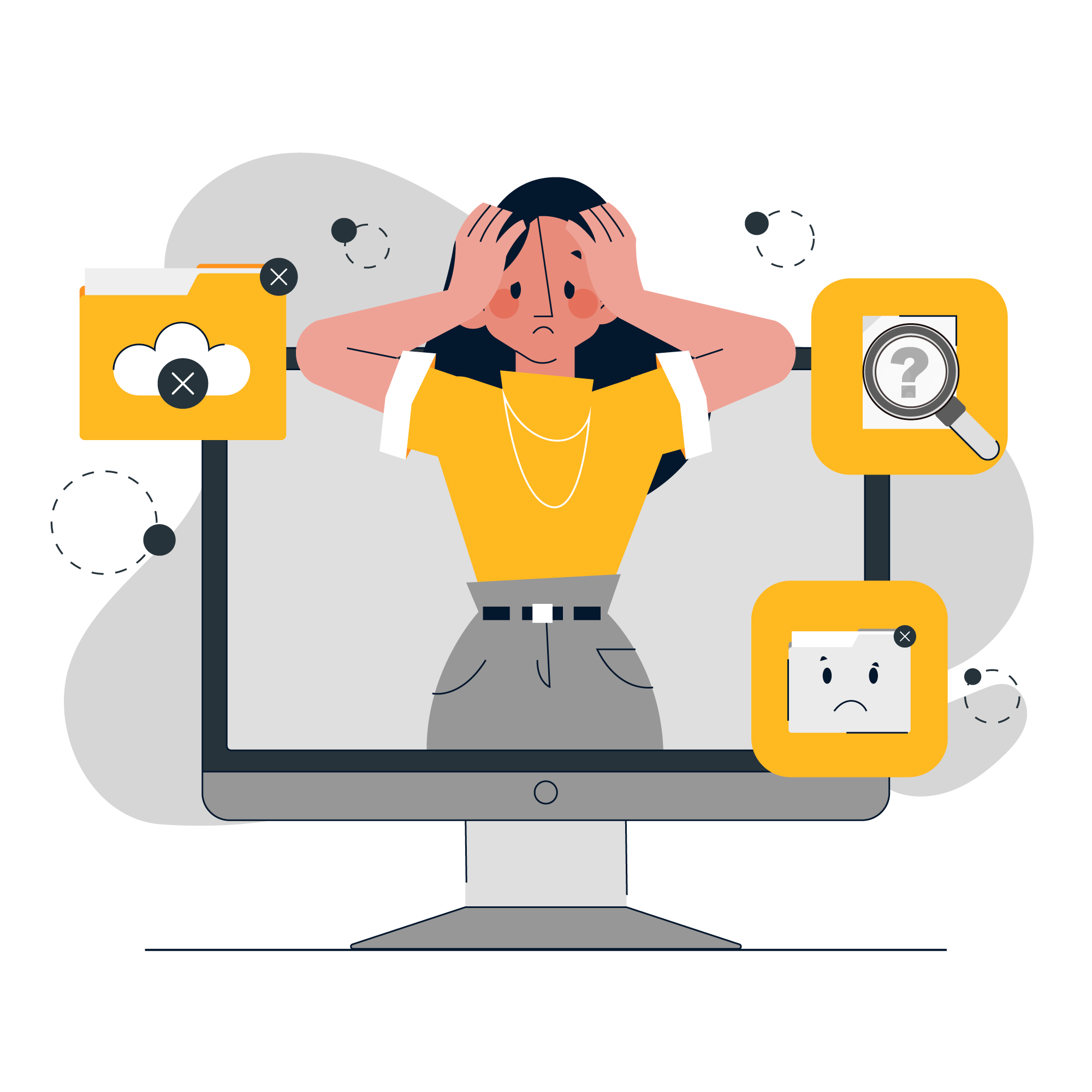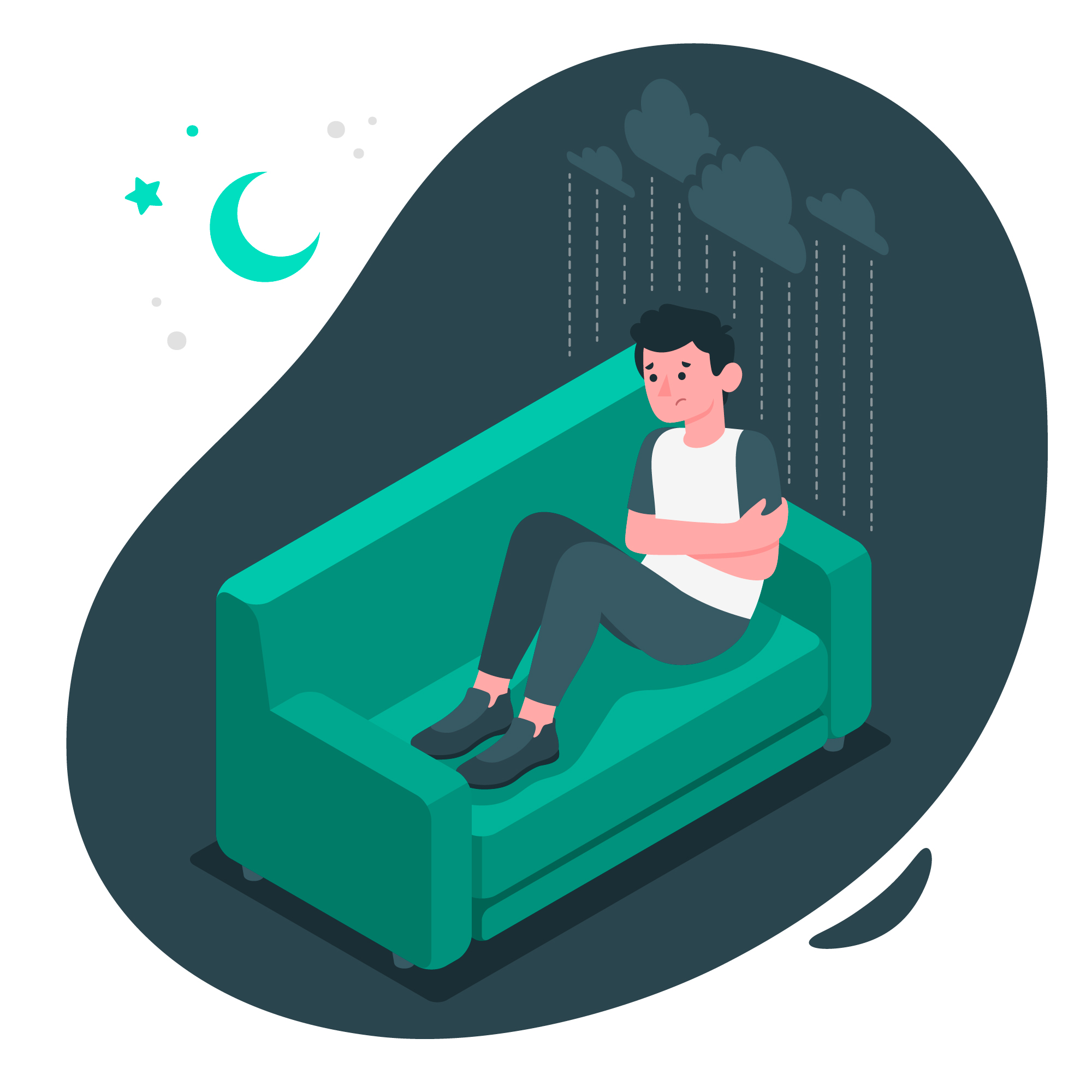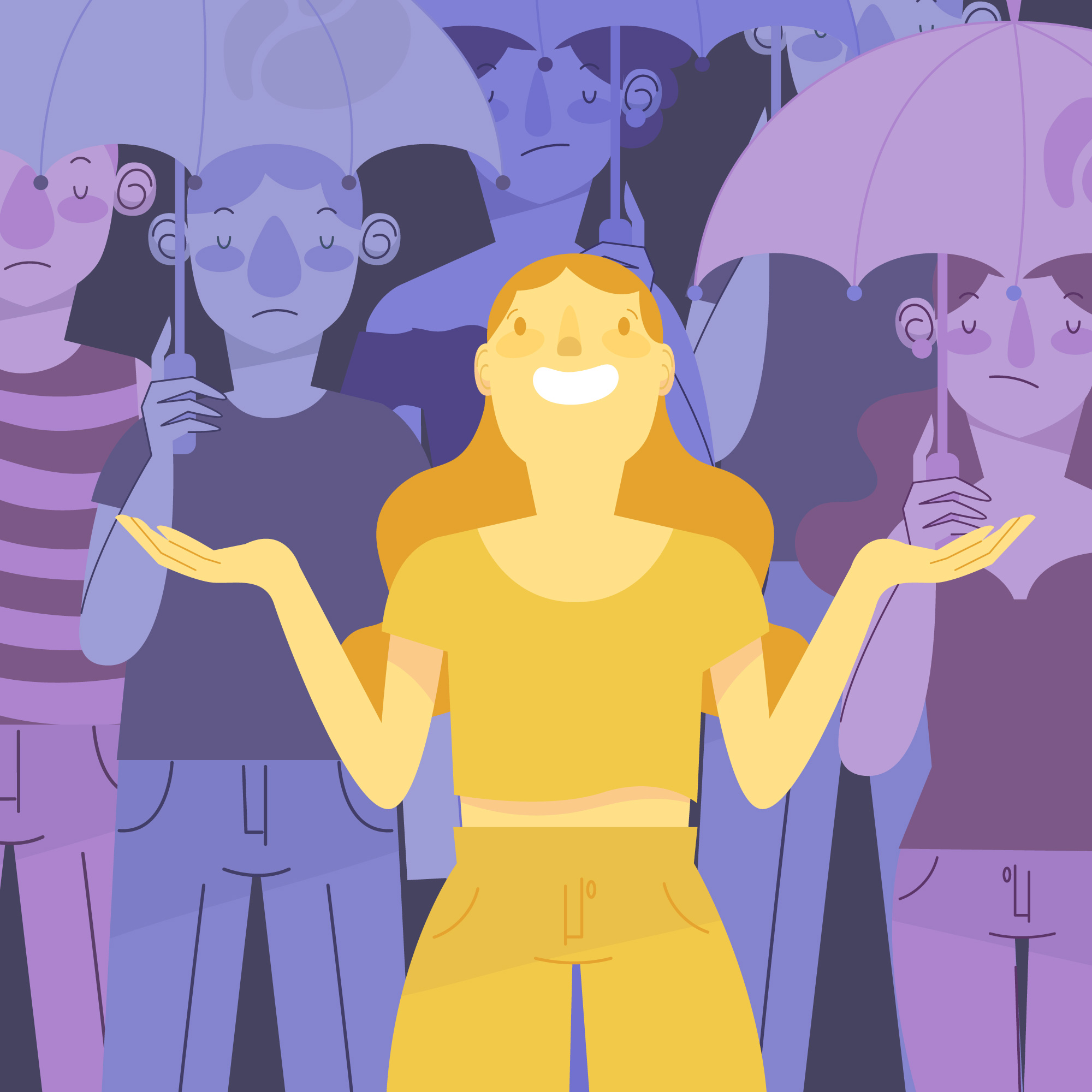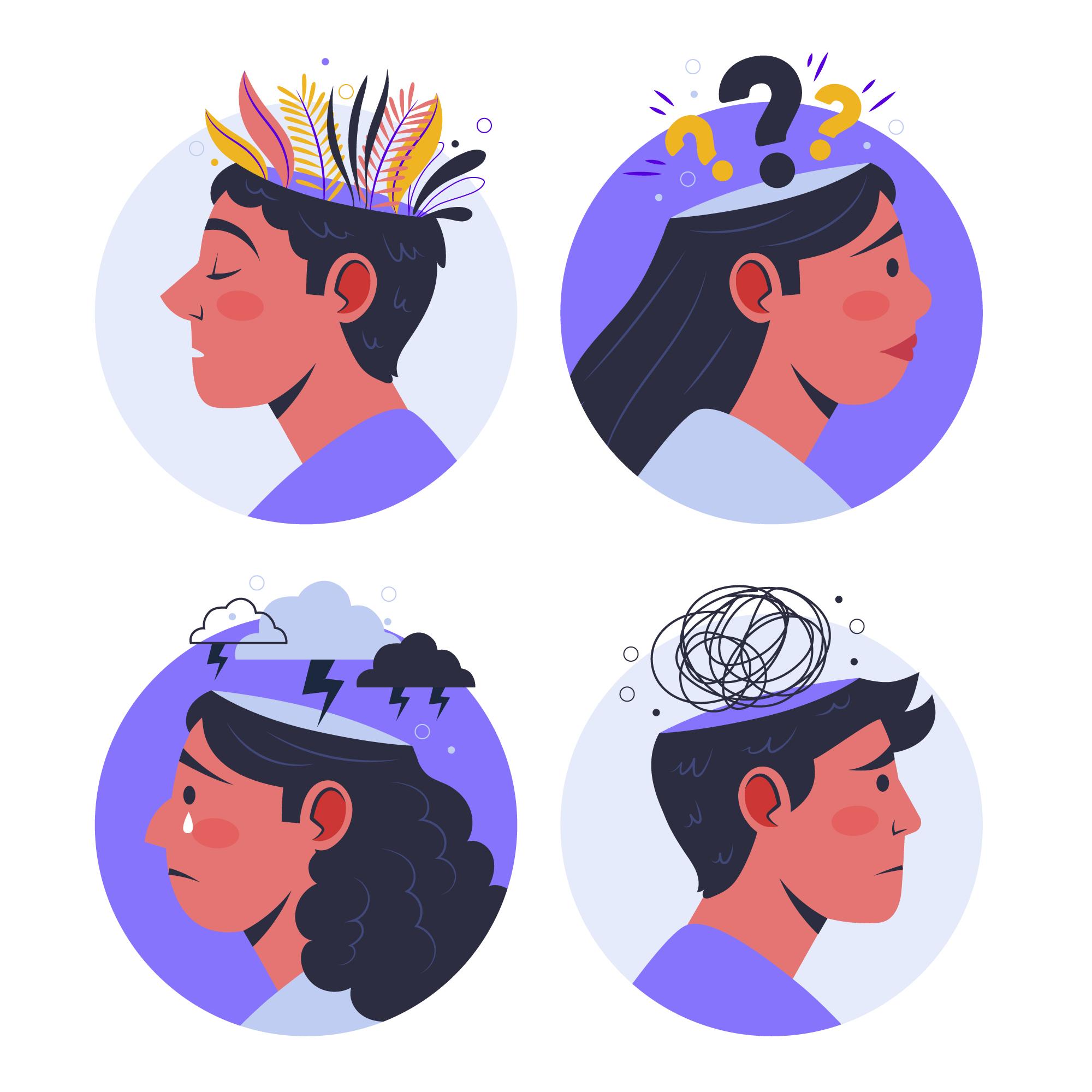Trichotillomania
Overview
Trichotillomania, also known as Hair-Pulling Disorder, is a mental health condition characterized by the recurrent, irresistible urge to pull out one’s hair, leading to noticeable hair loss and significant distress or impairment. Despite being recognized globally, there is a paucity of data specifically addressing its prevalence and manifestation within the Indian population.
Key Facts
- Prevalence: While global studies estimate the prevalence of trichotillomania to be between 0.5% and 2.0%, Indian-specific data is limited. A clinic-based study reported a prevalence rate of 1.24% among children presenting with psychiatric conditions
- Age of Onset: The disorder commonly manifests between the ages of 9 and 13 years
- Gender Distribution: While some studies suggest a higher prevalence in females, particularly in clinical settings, others have found no significant gender differences
Symptoms and Patterns
Individuals with trichotillomania often exhibit:
- Repetitive Hair Pulling: Compulsive pulling of hair from the scalp, eyebrows, eyelashes, or other body areas.
- Tension and Relief Cycle: A build-up of tension prior to pulling and a sense of relief or gratification afterward.
- Avoidance Behaviours: Efforts to conceal hair loss, such as wearing hats or wigs, and avoidance of social situations.
Risk and Protective Factors
Risk Factors:
- Psychological Factors: Stressful life events, anxiety, and depression are commonly associated with the onset and exacerbation of symptoms.
- Genetic Predisposition: A family history of similar disorders may increase susceptibility.
- Comorbid Conditions: Presence of other psychiatric disorders, such as obsessive-compulsive disorder, can co-occur with trichotillomania.
Protective Factors:
- Early Intervention: Timely psychological support and intervention can mitigate the severity of the disorder.
- Supportive Environment: A nurturing and understanding family and social environment can aid in managing symptoms.
Treatment and Care
Management of trichotillomania typically involves:
- Cognitive Behavioural Therapy (CBT): Particularly Habit Reversal Training (HRT), which helps individuals recognize and modify hair-pulling behaviours.
- Medication: In some cases, selective serotonin reuptake inhibitors (SSRIs) or other medications may be prescribed to address underlying anxiety or depression.
- Alternative Therapies: Approaches such as Ayurvedic treatments have been explored, though their efficacy requires further research
Psychological and Psychosocial Interventions
- Behavioural Interventions: Techniques aimed at identifying triggers and developing coping strategies to prevent hair-pulling episodes.
- Family Therapy: Involving family members to create a supportive environment and address any contributory familial dynamics.
- Stress Management: Incorporating mindfulness, relaxation techniques, and other stress-reduction strategies to alleviate underlying anxiety.
Conclusion
Trichotillomania remains an under recognized and underreported disorder in India, necessitating increased awareness and research. Early diagnosis and a multidisciplinary treatment approach are essential for effective management and improved quality of life for those affected.









